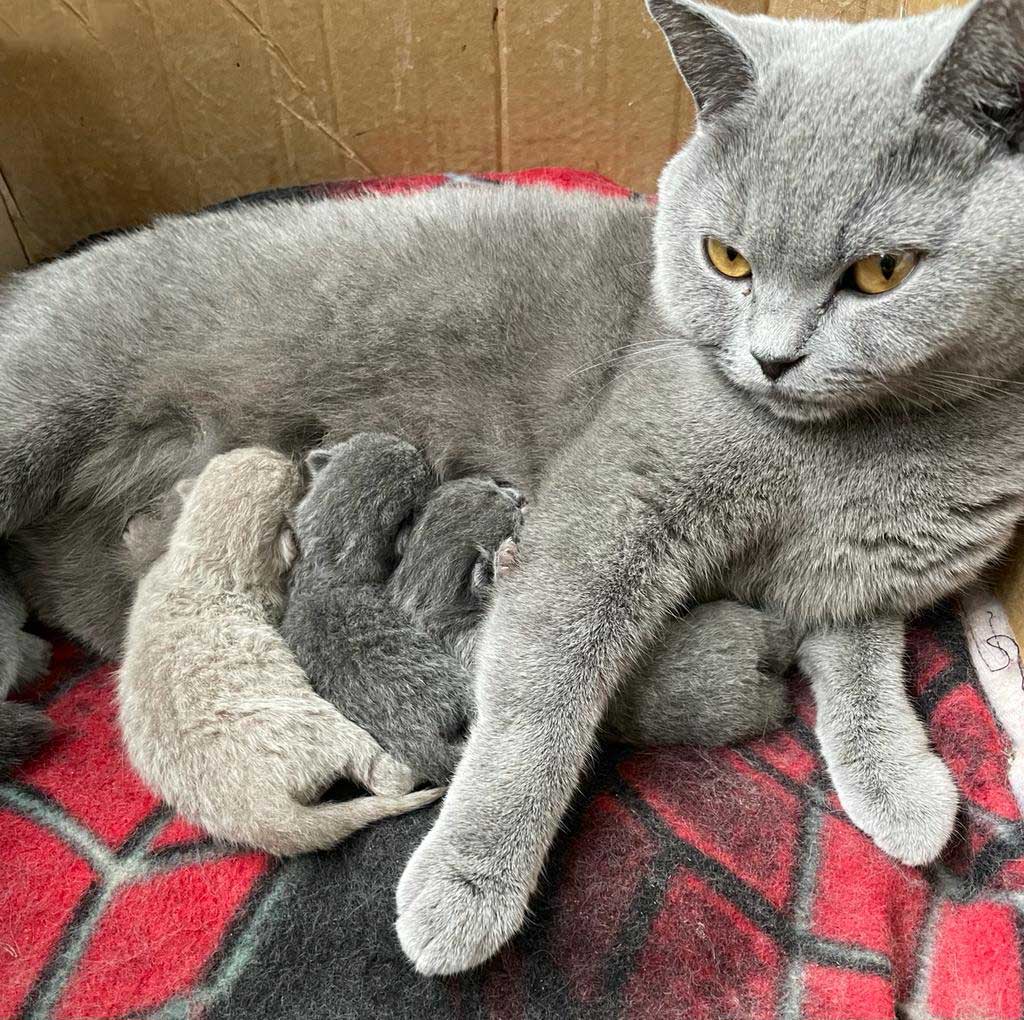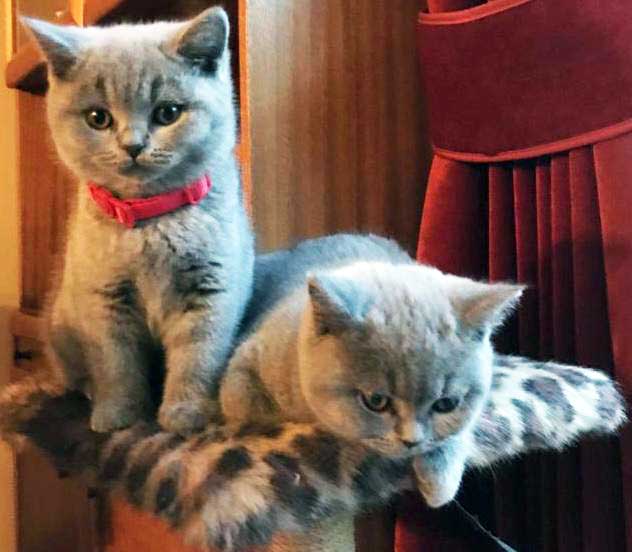While the British Shorthair is still unmistakably a breed derived from domestic stocks common to Britain for nearly two thousand years, it is considerably more refined. It differs from its European and American counter-parts in being somewhat shorter in the leg, deeper in the chest and fuller in the cheeks. However, each of these breeds is superficially similar enough that mistaking one for the other is still possible to other than a breed enthusiast. This is especially so with the British and European varieties.
In respect to the extent of colours and patterns available, the breed cannot be bettered. At this time there are no fewer than 129 varieties, and new ones are steadily being developed.

ORIGIN
Unlike that of many breeds, the origin of the British Shorthair is not lost in legends and myths. Its ancestral stock traces directly back to the domestic cats taken from Egypt to Europe. The Romans, in particular, greatly valued the cat’s abilities to safeguard corn and other foods from rodents. The fact that some emperors, such as Augustus (63 BC – 14 AD), we cat lovers no doubt enhanced their status and ensured their onward popularity.
As the conquering Roman legions marched through Europe, cats were taken in their wake to protect the homes and military food stores from rodents. It is not known exactly when the cat arrived in Britain. The most likely time would be after the 2nd century AD, by which time Roman colonisation in Britain we well Established.

THE FUTURE
If any breed deserves the success it is now enjoying, it must surely be the British Shorthair. It has weathered incalculable problems. However, it has now gained its rightful recognition as a truly classical and desirable feline. Its future is very bright. In terms of popularity in Britain it now ranks third behind the Persian and Siamese. Based on present registration trends, it will soon overtake the Siamese.